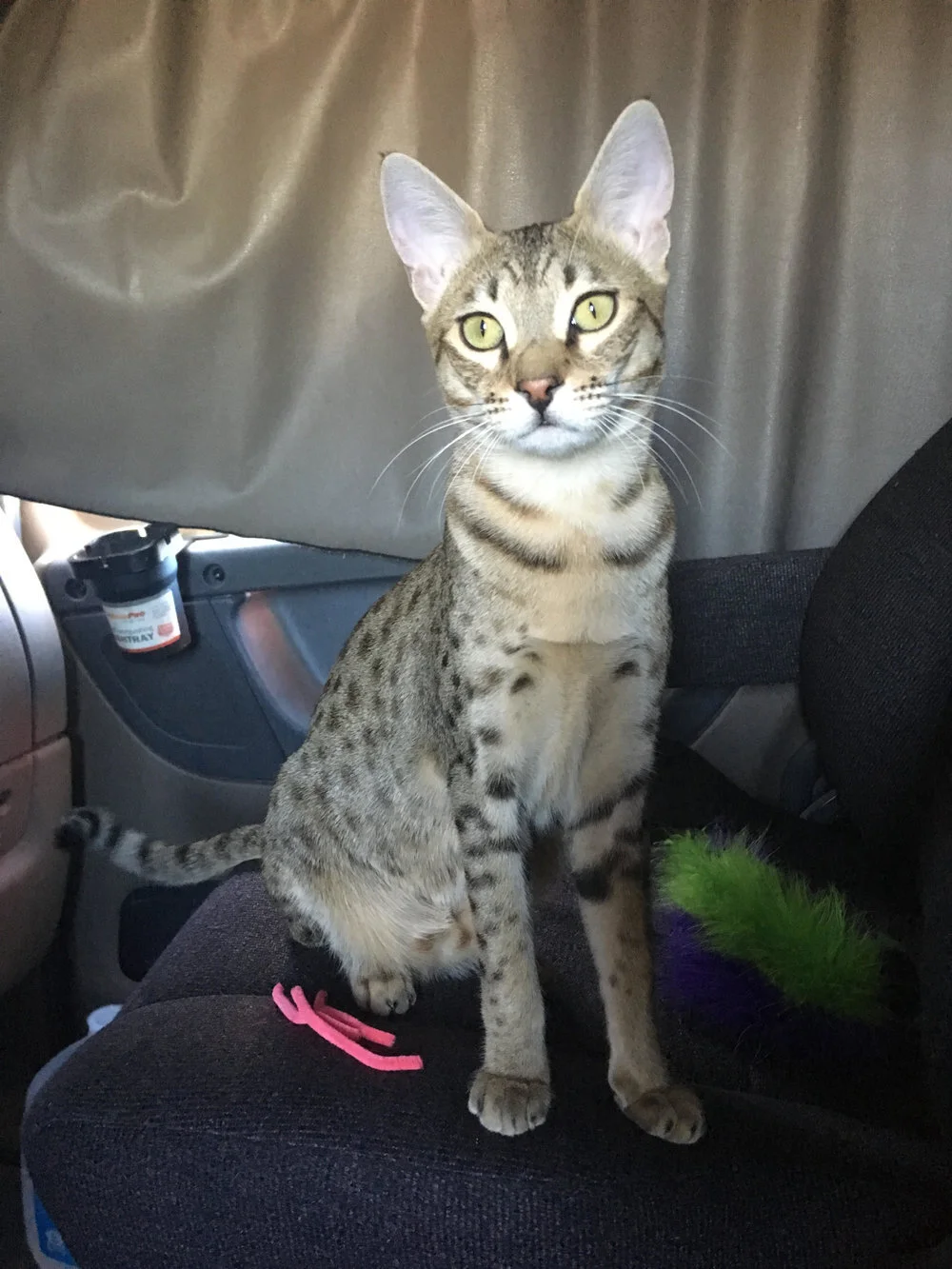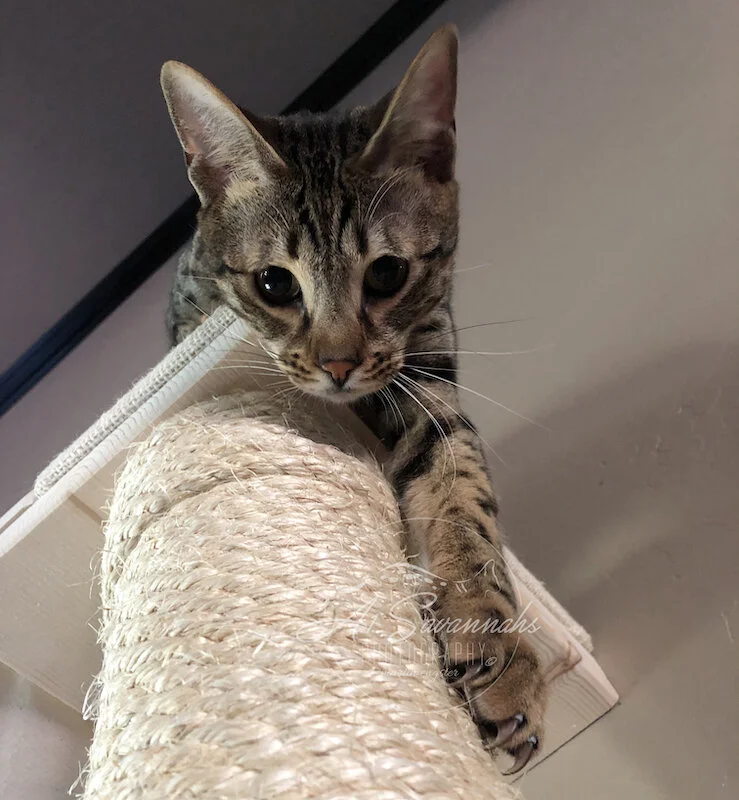Living with a feline pet and a baby can be fun in so many ways. At the same time, it can be dangerous for both of them. Let's take a look at the ups and downs of having cats and babies in your home at the same time.
Pros of having cats and babies
Cats are usually easy to maintain, so having one when you bring your baby home from the hospital will not make your list of responsibilities so much longer than it would be without a cat in sight. Also, since you will not go through too much trouble helping your cat adjust to a new home if you happen to be changing houses while waiting for a new family member, you will probably not have too many problems introducing your baby to the cat. Now, what are the benefits of having your feline and your kid living together?
Cats can be affectionate
Stroking a cat is known to have a calming effect, so having a cat in your home can help your baby feel better when sad or upset. With a cat in their home, your child will grow up with the most sincere and affectionate friend which will help them boost their self-confidence.
They are fun to watch
Cats are explorers so watching them play with toys or any other objects in your home can be a great way to keep your baby entertained. They will play with almost anything and they will inspect every item you bring back home with you. That is why our moving professionals such as evolutionmovingdfw.com always advise cat-owners to keep an eye on their pets while packing boxes for a move or storage since cats tend to play inside them.
Babies react to movement and that is why pets always attract their attention. Some studies even show that children who are raised in homes with pets are less likely to become depressed when they grow up. The presence of a cat in your home will make your new baby happier!
Babies and cats can be perfect playmates
As soon as your newborn starts to interact with people and animals around them, the cat will become their best friend. The good news is that they are not likely to get tired of each other any time soon. For your baby, the cat is their first friend and they grow up knowing that they can always rely on them for love and support. Plus, they are a great source of entertainment.
Children with cats have a better immune system
Pets are great for developing the immune system in children. Children who live with pets are less likely to suffer colds and infections. Even though having a dog is a bit more beneficial in terms of a child's health, kids who grow up with cats also develop immunity to certain illnesses. Plus, the positive effect on a child's mental health is undeniable.
Cats help manage pests
We all know that cats are rodents' worst enemies. OK, you might not have a problem with mice and rats in your home, but cats are also successful in fighting insects and they can be found in pretty much any household. Some of them can be a real hazard to your baby, but if you have a cat, there is no reason for you to worry!
Cons of having cats and babies
Now, let's see some negative sides to owning a cat while being a parent of a very young child.
Some cats tend to shed a lot which can be a problem for children with allergies
The longer the hair in cats the more they will shed, which is not a good thing when you have a baby in that same home. The fact that cat allergies are twice as common as dog allergies, doesn’t help a lot. Make sure you do your research and consult professionals on the subject.
Cats bite too! And they scratch!
Your furniture is at constant risk of getting damaged with a feline pet inside your home, but unfortunately, so are your children. Cats can accidentally scratch your baby while they play with them. It also happens that they bite when they feel insecure around humans. Sometimes they will even do it when they are not in the mood for stroking and cuddling. A bite or a scratch marks here and there won't put your life at risk, but should you risk getting your precious little baby hurt by your pet? Of course not! That's why you should never leave the two of them alone - not even for a second. And, avoid leaving your baby in a swing or on the floor with your cat around.
Some accidents may happen even though your cat is not around
Every responsible cat-owner would try to make their home as cat-friendly as possible even before they bring their feline friend home from the pet store. In some homes, people install cat flaps on their back doors to help their cat access the backyard or home more easily. However, such flaps might be a hazard for your crawling baby. They can get stuck in there or hurt themselves trying to get out. They can even crawl out of home and put their lives in serious danger. Again, there is no need for you to worry if you don't leave your baby unattended which, you will agree, is a matter of common sense whether you own a pet or not.
Cats can be a health hazard if they soil your home
Cats are vulnerable to various infections that can easily be transmitted to a baby if a cat urinates all around the house. But if yours is trained to use a litter box or to go outside when they need to do their business, your baby is safe.
As you can see, having cats and babies at home has its positive and negative sides. Luckily, the negative ones can be either prevented or diminished, so with a little bit of extra care, you will be able to enjoy sharing home with your favorite animal and your child.
Click on the pictures to see where it takes you and the links in the article.
Until our next cat convo






















